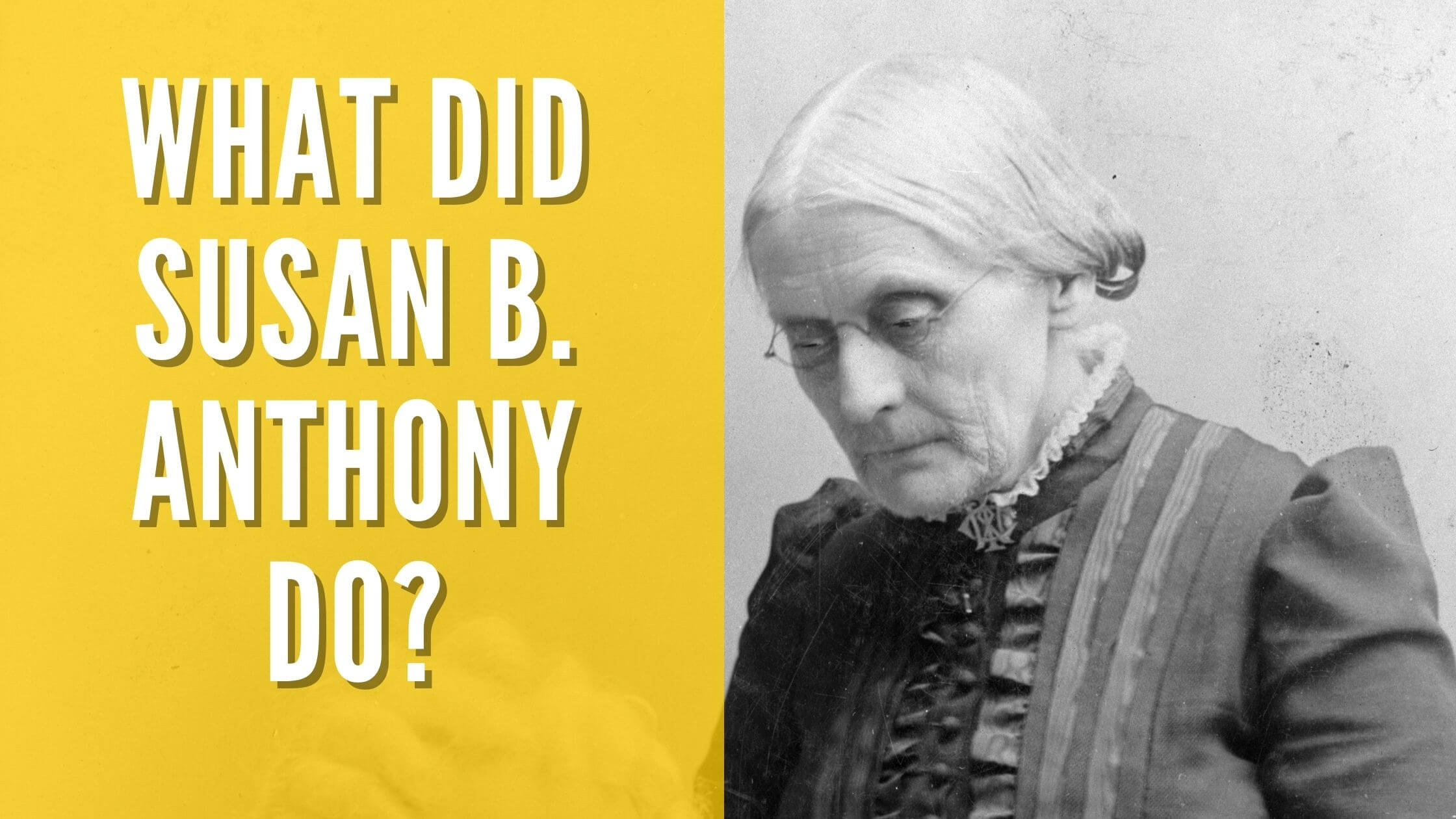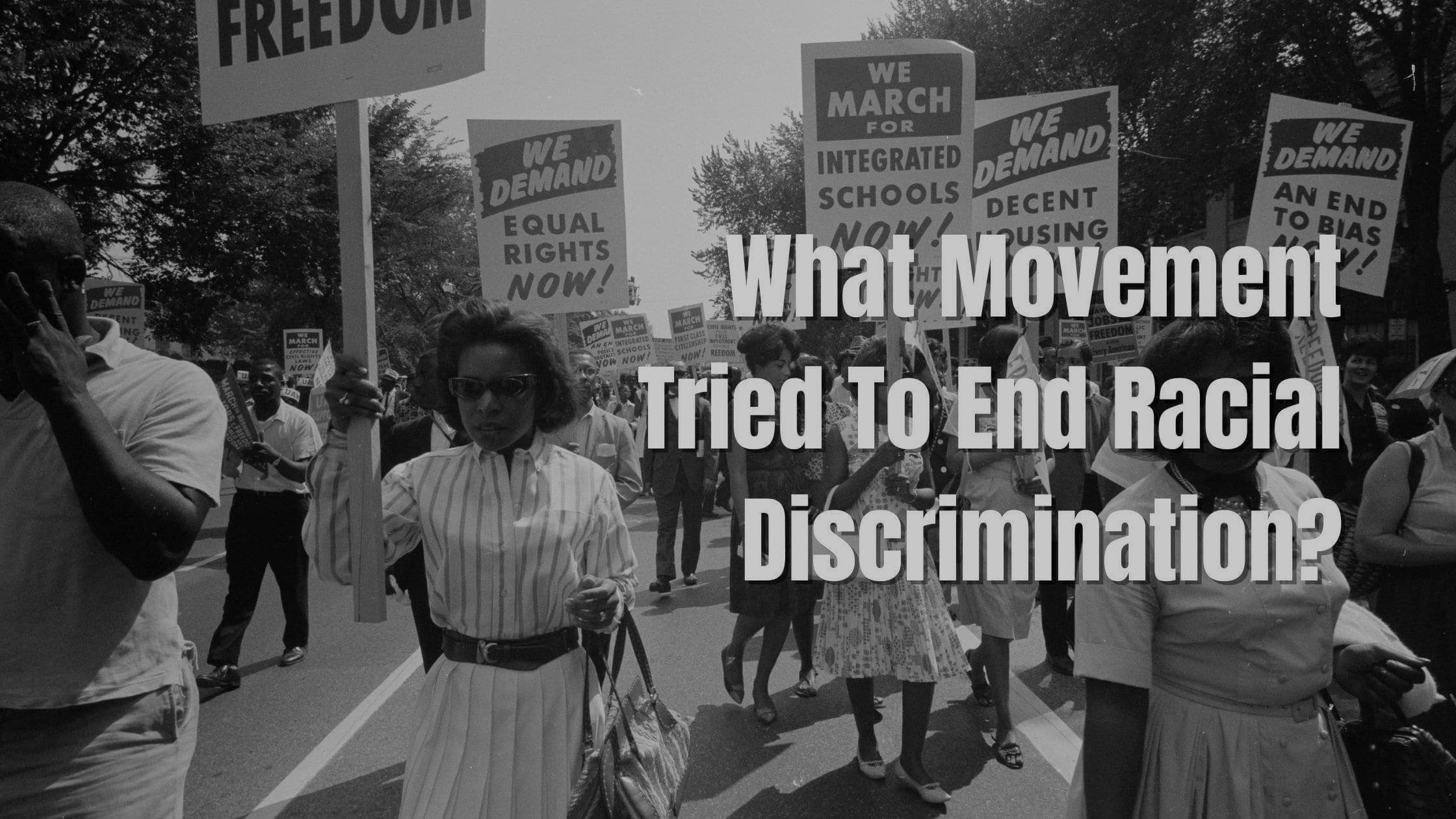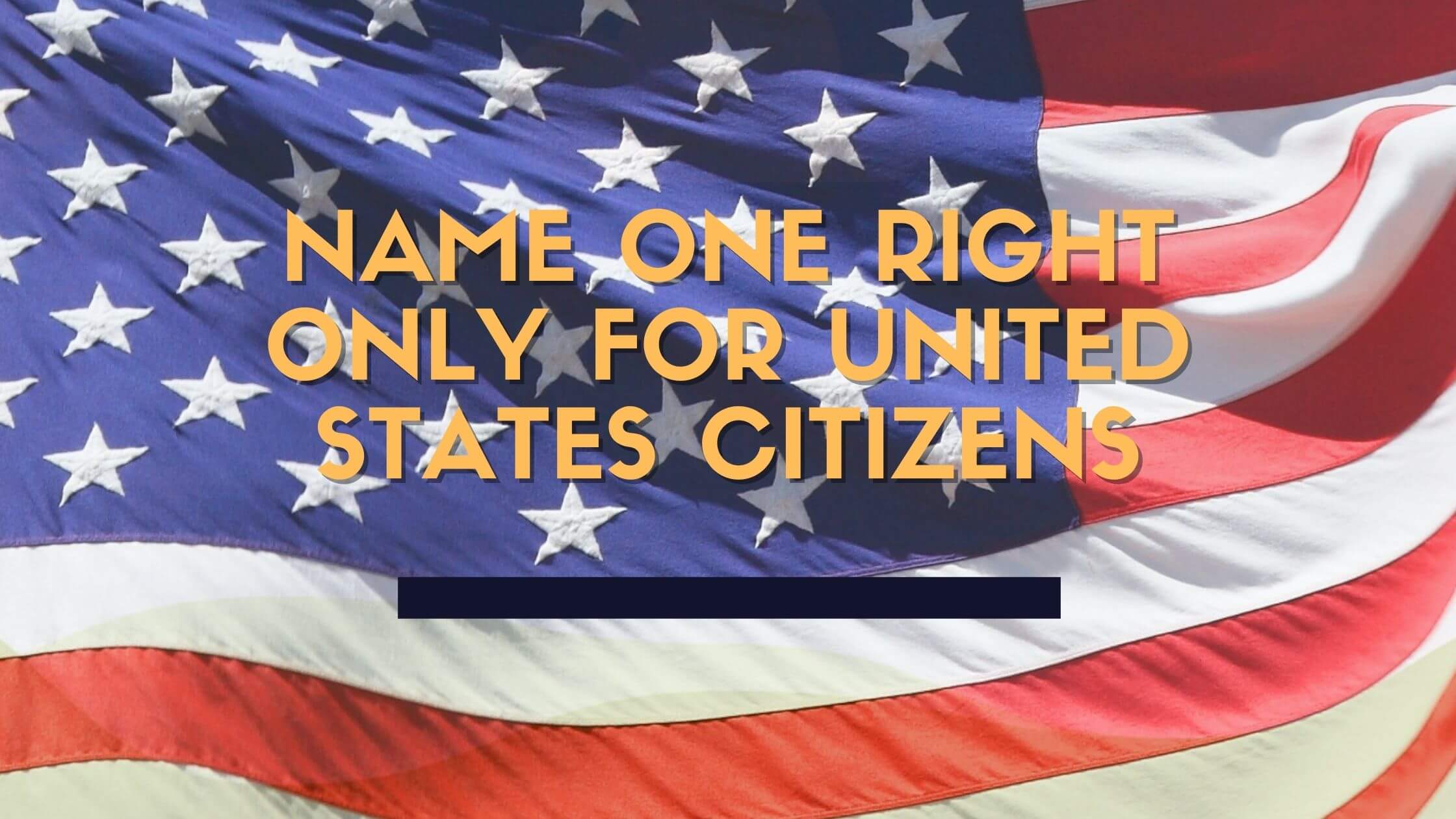Table of Contents
ToggleTo pass the US citizenship test, you will have to answer 10 of a possible 100 questions. The following question is from the USCIS test.
What did Susan B. Anthony do?
Acceptable Answers:
- fought for women’s rights
- fought for civil rights
Both are acceptable because while Anthony is best remembered as a leader in the women’s suffrage movement, she was also a part of activism against slavery in the United States. Throughout her life, she fought for equality and took a stand to get women the vote. So, what did Susan B. Anthony do, and how is she remembered today?

Get Smarter on US News, History, and the Constitution
Join the thousands of fellow patriots who rely on our 5-minute newsletter to stay informed on the key events and trends that shaped our nation's past and continue to shape its present.
Susan B. Anthony’s Early Activism
Susan Anthony was an activist from an early age and took part in meetings and organizations for various causes. One of the first was for the emancipation cause as a strong advocate against slavery, New York state agent for the American Anti-Slavery Society.
This started when she was just 17 years old, and she became a part of the Underground Railroad. There was often an association between those fighting for the rights of black Americans and the rights of women. It was all about oppressed minorities coming together to fight for each other’s rights against the wealthy white male elite.
Anthony also joined the temperance movement via the Daughters of Temperance in 1849. The temperance movement was a launchpad for many that would go further in women’s rights advocacy. The Daughters of Temperance were often victims of the abuse of men under the influence of alcohol. They were keen to make a change to the laws to help protect themselves and other women in dangerous situations.
The Suffrage Movement
The suffrage movement developed out of a rise in organizations keen for better rights and conditions for women in America. The right to vote was not given freely to women, although state laws would gradually evolve to allow for women voters at a state level. Women, meanwhile, were still second-class citizens and often seen as property.
In 1848, the Seneca Falls Convention met to discuss the matter of equal rights and created their Declaration of Sentiments as an alternative to the Declaration of Independence. Much later, in 1866, the 14th Amendment passed and was worded so that it became clear that the right to vote was centered around men. Then, in 1875, the United States Supreme Court ruled that states could prohibit women from voting as there was a “special category of non-voting citizen.”
Over time, associations such as the National Women’s Suffrage Association, the American Women’s Suffrage Association, and the American Equal Rights Association grew. The former included Anthony, who helped determine its course.
Susan B. Anthony’s Arrest In 1872
Perhaps the most famous moment of Anthony’s work in the suffrage movement was her arrest in Rochester, New York, in 1872. By this point, the Fifteenth Amendment to the United States Constitution had passed, bringing in new rules on who could vote. Emancipation of the slaves saw black men given the same freedom to vote as white men, although this was still restricted in some states. There was still no direct mention of women or a dedication against discrimination based on sex.
Anthony challenged this on the grounds that as a citizen and person of the United States with freedom, she was entitled to vote alongside men. She registered to do so in Rochester, was soon arrested, and cited the 14th Amendment in her defense.
Why Susan B. Anthony And Not Elizabeth Cady Stanton?
Susan B. Anthony is the name that jumps to mind first when it comes to women’s rights and suffrage because of all she achieved. But, she was far from being alone in the movement. Other suffragist women in prominent positions worked to gain the right to vote as a civil right.
One of these was Elizabeth Cady Stanton. Stanton was an influential figure and president of the National American Women’s Suffrage Association. So why is Anthony the one singled out for honors and as an answer about suffrage in the citizenship test?
A simple answer could be that Anthony’s actions are the most shocking and memorable when it comes to activism. There is also the fact that Stanton’s ties with the association were damaged a little by the controversy over a publication in 1895. The Women’s Bible sought to challenge the idea of female subservience within Christian teachings but wasn’t well-received by all in the movement.
The Death And Legacy Of Susan B. Anthony
Susan B. Anthony died on March 13th, 1906, after heart failure following a case of pneumonia. She was 86. Although long-lived, she did not live long enough to see women granted voting rights in full. It would be another 14 years until the 19th Amendment, barring discrimination against voters based on sex, came to pass. Still, the movement continued in her absence and worked to make this a reality and push the agenda onto a more public and national stage.
Her legacy is apparent as much in memorials and remembrance as in the actions of those that honor their equal right to vote in all elections. One physical honor came in 1979 when she became the first American woman depicted on a coin. She made the news again as President Trump considered her for a presidential pardon in 2020.
This proposal was declined by those who would have accepted it on her behalf. Their justification was that to agree to a pardon would be to act as though she had ever done anything wrong in the first place. It is still the belief that she did nothing wrong in 1872 by registering to vote, that the arrest was unjust, and there is nothing to pardon.
Today, Susan B. Anthony remains one of the most famous figures in the suffrage movement because of her actions and dedication to the cause throughout her life. And, with or without an official pardon, we still have a special national day dedicated to her and her work on February 15th. A day for women to reflect on how different things were and where we are now.












